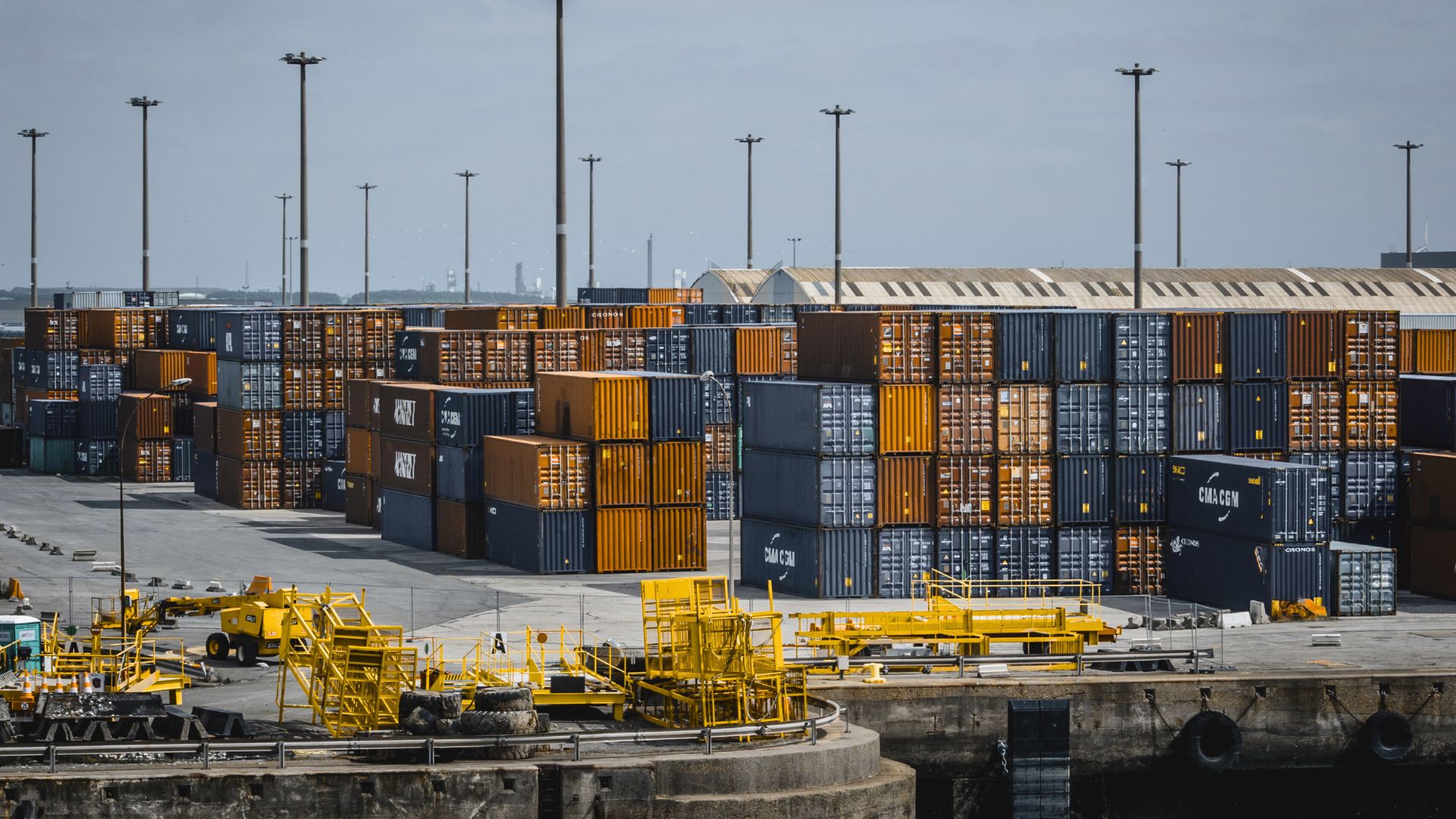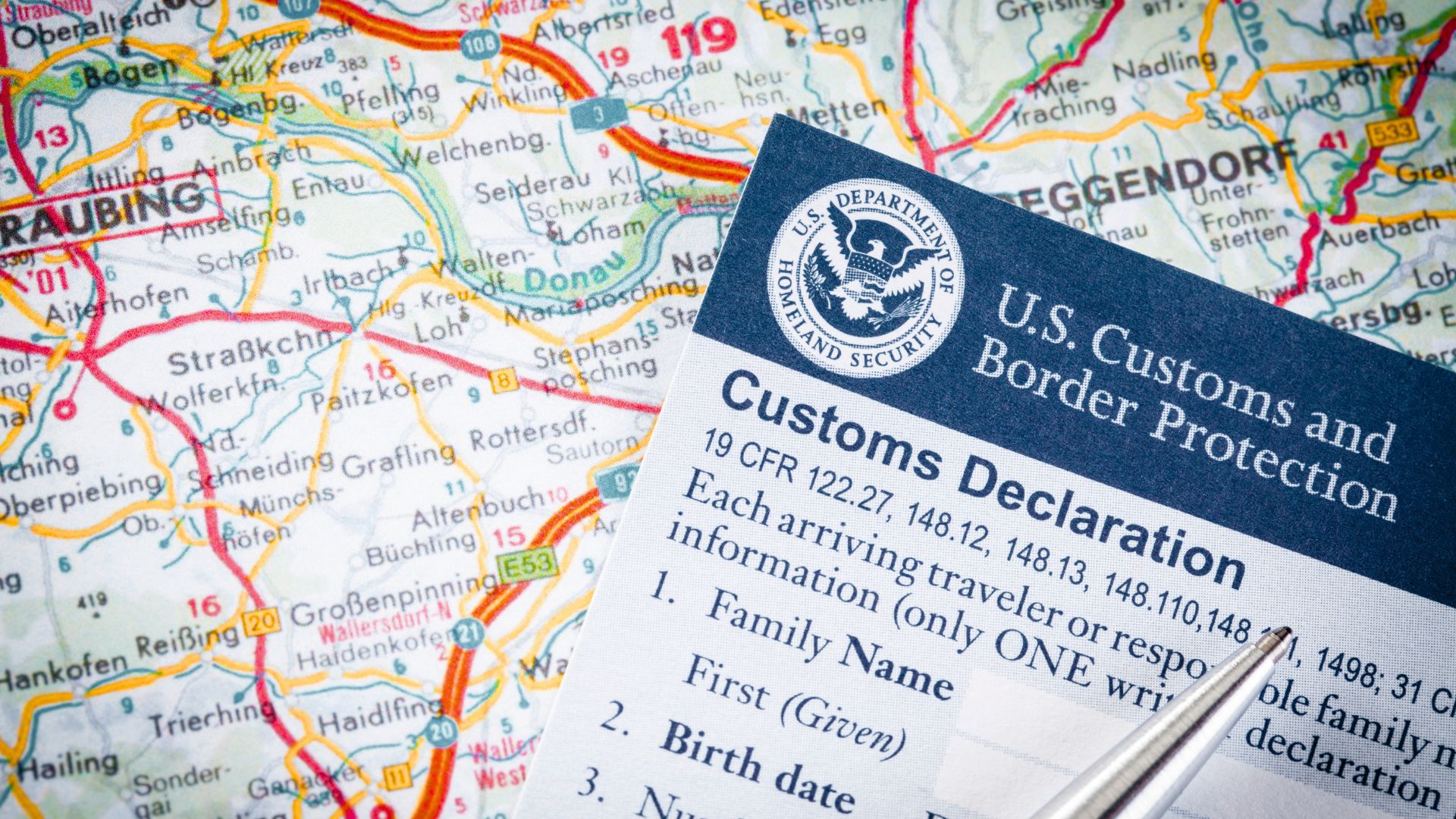China has had a sordid love affair with America for last few years on the manufacturing front, but the history of Chinese manufacturing dates back to about 100 BCE when trade took place on the Silk Road. This road was not just one road, but many routes that traversed the length between the Eastern border of China, India, Persia, and the Roman Empire.
While some might believe that issues with trade and China have only occurred in the last few decades, disputes involving China and other countries began during the 19th century leading to the First and Second Opium Wars with Great Britain. These wars led to China’s signing of the Treaty of Nanking and the Treaties of Tienstin, resulting in forfeiture of its advantages in foreign trade.
Trade was still fairly prosperous in China until the Chinese Civil War ending and the formation of the People’s Republic of China in 1949. The economic plan set forth by this party was a flop that led to 40 years of widespread poverty in the once thriving country. During this 40 year span, a plethora of bad happenstances occurred against the newly formed Republic. These events include the United States barring trade with and travel to and from China after the Korean War, but in 1971, U.S. Secretary of State Henry Kissinger made a covert trip to the country for a meeting that would, by the end of the decade, lead to trade between the two countries opening up once more. This has led to a slow rise in China’s foreign trade with other countries, resulting in more manufacturing in the country.
One example of this rise is automobile manufacturing. Since 1975, the annual production of automobiles had risen from 139,800 to 443,377 in just 10 short years. Less than one decade later, in 1992, and the manufacturing output for automobiles was up to 1.1 million. The increase continued steadily until 2001 when the output reached an astounding 2.3 million. By the next year, it had taken another 1 million output leap and another 1.1 million leap the year after. This isn’t to say that sales can’t keep up, rather the sales are doing just as well as the production rates. While sales hit a bit of a stumbling block in 2004 due to government restrictions placed to prevent pollution, sales still hit 2.4 million in 2004 and the rate of sales is only set to raise as the years have continued.
By 2010, China’s manufacturing rates had hit 19.8% of total manufacturing around the world, beating out the United States by a margin of .4%. While that year leaned more towards textiles, apparel, and appliances, the more recent years have focused on electronic equipment with the rise of smart phones and tablets.
While Chinese and American relations on the manufacturing and sales have been a little strained in the last few years due to Americans wanting more products made in their home country, China is still the leading manufacturer when it comes to many items sold around the world.
If you’d like to add your organization to the next chapter of groups that have historically benefitted from Chinese manufacturing, it is important to choose a partner that has both the experience and expertise in dealing with the intricacies and details involved.
There’s not a better time to contact ITI Manufacturing to take advantage of the many benefits that Chinese manufacturing will provide!




